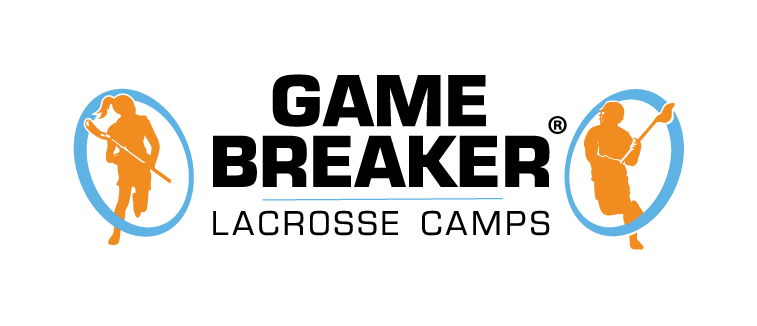In many things in life – sports included – it’s the smallest of tweaks, adjustments, and processes that ends up making the largest difference in whatever you’re trying to accomplish. Tennis is no different in this respect, and it’s a big reason why the camp directors at our Connecticut Tennis Camps, along with all of our other locations, provide as much individual attention as possible to campers.
It’s just about impossible to see small adjustments that tennis players need to make when a large group is all participating in one kind of drill at the same time. Every player is a little different and also responds to feedback in various ways. That’s why our adidas Tennis Camps are proud to offer the individualized attention to each camper that’s necessary for them to see genuine improvement, along with constantly keeping a low camper-to-coach ratio.
Speaking of simple adjustments that can make a huge difference, we know that having a step-by-step process toward putting together and firing off a powerful, two-handed backhand stroke is a vital weapon to have during the course of a match. So, here are five steps you can take to start honing that particular area of your game.
Getting the Proper Set-Up
This starts with the grip, which typically leads to the Continental for the dominant hand and the Eastern forehand grip for your non-dominant hand. It’s also a good idea to have your front foot be a little open – that’ll allow you to really transfer your weight and get a lot of power behind your shot.
Having the Proper Weight Transfer
You should be starting with looking over your dominant shoulder as the ball makes its way to you. As this happens, all your weight should be on our back foot and ready to transfer to the front as your shoulders are level and knees have a slight bend in them.
The Actual Swing
Keep the grip on your racquet loose as the head drops below the height of the ball immediately before shifting the weight from your back to front foot. It’s critical for this motion of bringing the racquet forward being smooth and fluid so you’re able to generate as much power as possible.
The Contact Point
You should make contact with the tennis ball out in front of your body as the shoulders uncoil. Keep your elbows slightly bent while also having your legs, shoulders, and arms working as one to release all the power that’s been generated through the ball and toward your target on the other side of the net.
Follow Through
Just because you’ve made contact with the ball and it’s headed back to your opponent doesn’t mean you’re done with your own stroke. Keep using the momentum generated to continue moving forward and extend those arms to give the stroke length. This will help maximize the power that’s been generated thus far. And don’t forget to finish high with your elbows while looking over your non-dominant shoulder at the end of this stroke.








